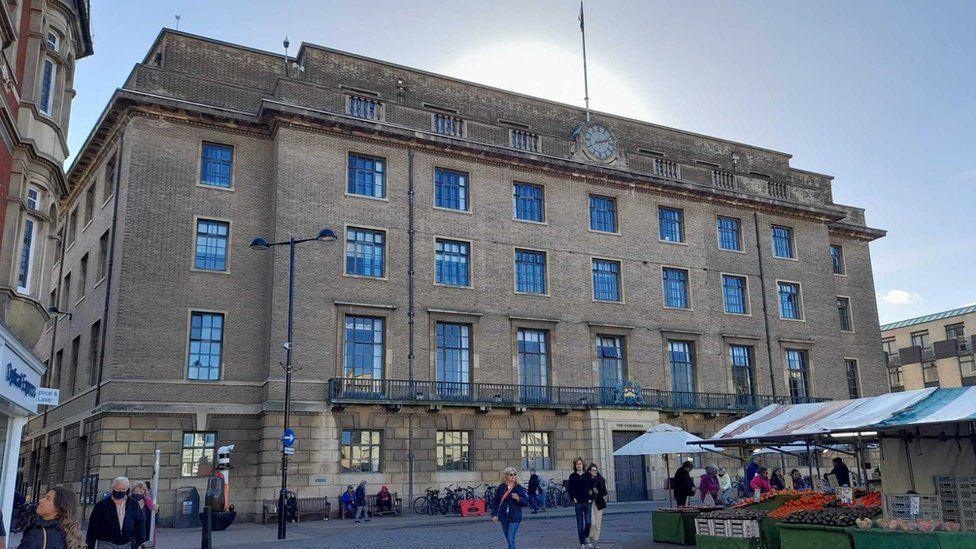Corn Exchange marks 150 years of history
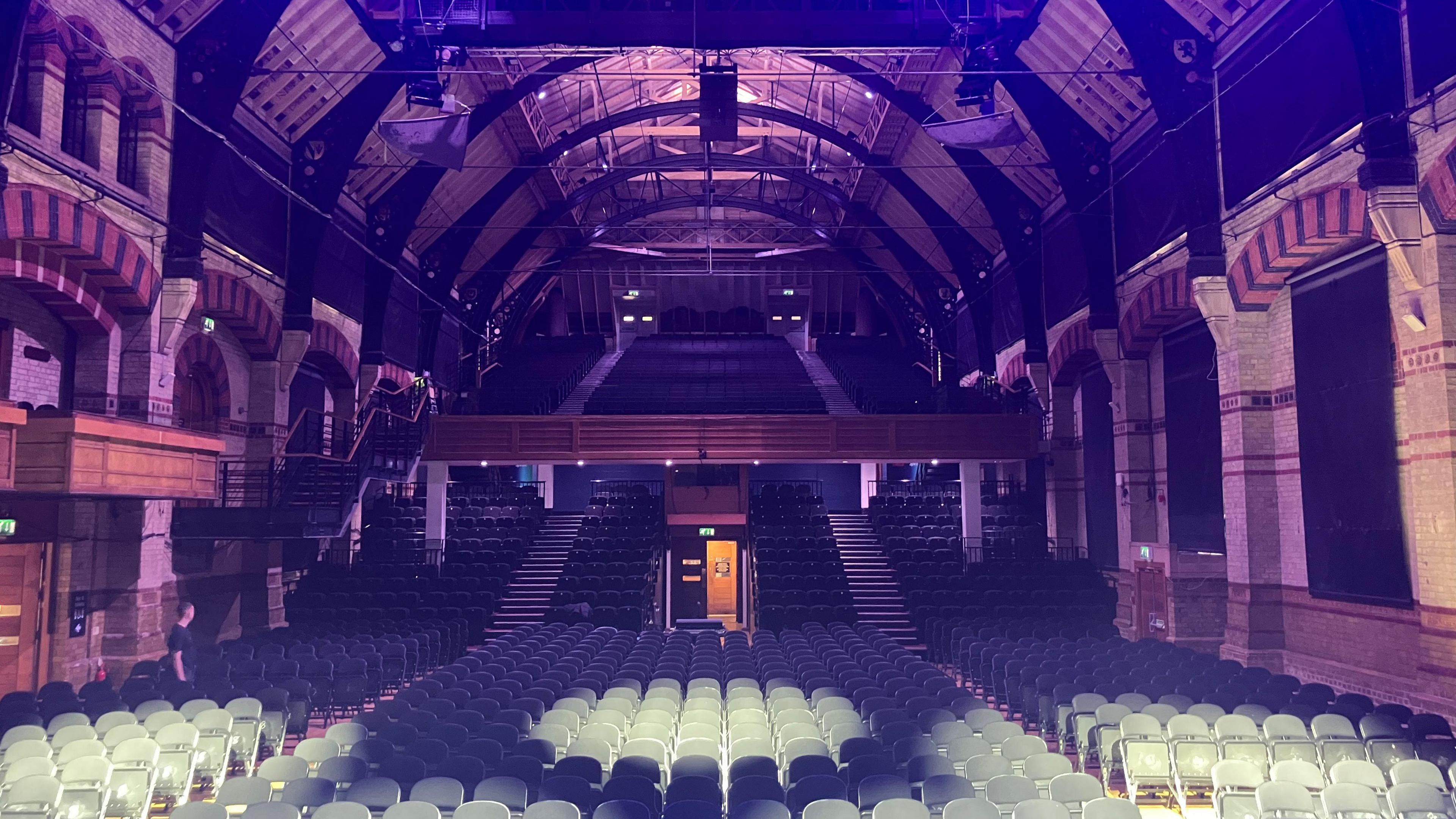
Members of the public are being asked for ticket stubs, photos, merchandise, programmes, or other keepsakes from concerts, gigs, or shows they have attended at the Corn Exchange
- Published
A Corn Exchange is celebrating its 150th anniversary by remembering its transformation from a Victorian trading hall into a performance venue.
The Cambridge building, which opened in 1875, has hosted Sir Winston Churchill, who spoke there to call for conscription ahead of World War II; orchestral concerts and rock stars including The Who and David Bowie.
Rosie Amos, heritage project manager, said while sifting through old paperwork, they discovered that Rolls-Royce co-founder Charles Rolls rode his first motorbike there.
For its anniversary, the venue, which does not have its own archive, was given a grant by the National Lottery Heritage Fund to uncover the history behind the building.
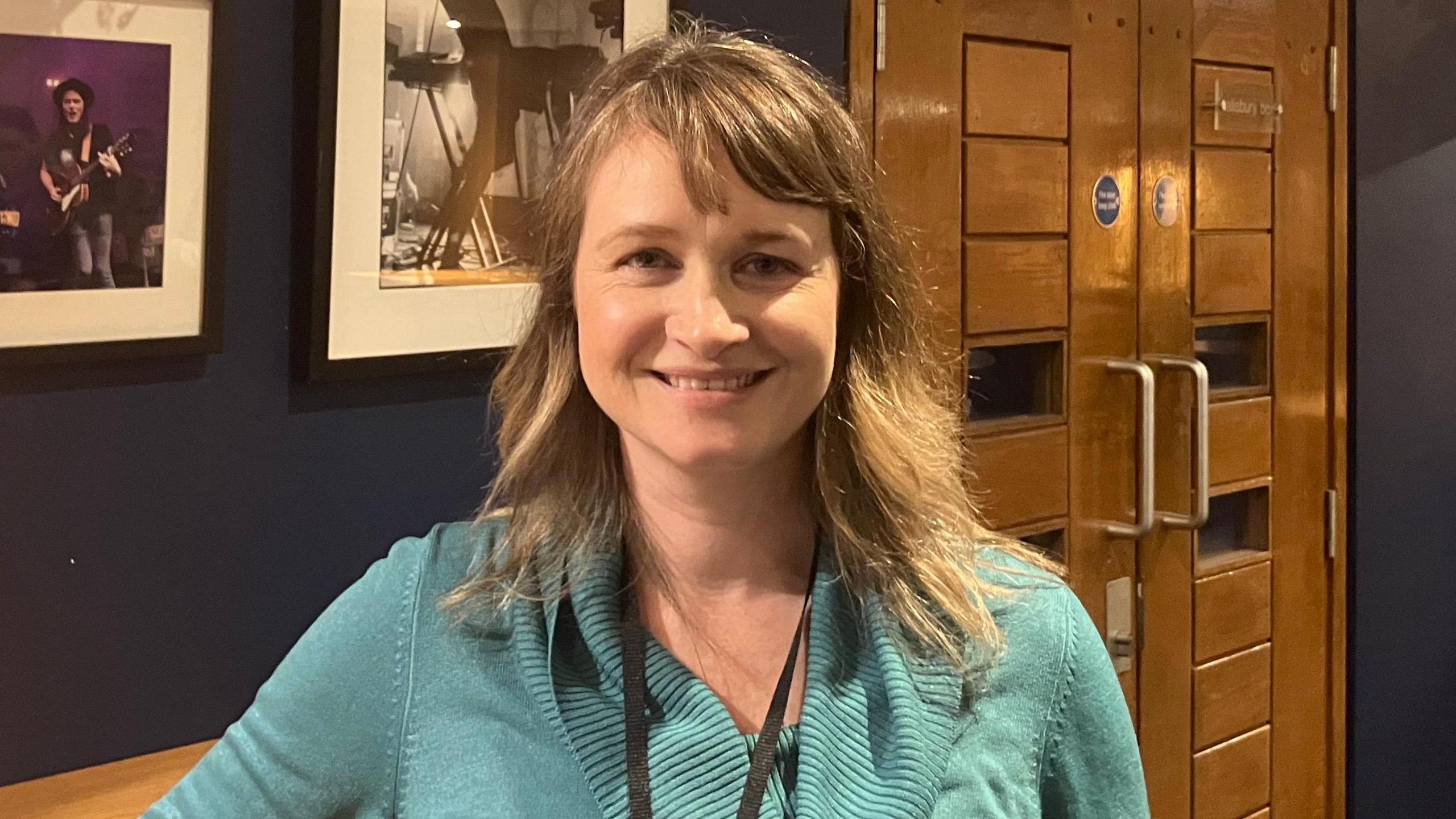
Rosie Amos says the Corn Exchange has played an a part in so many people's lives - and they wanted to hear all about it
Researchers have explored the Cambridgeshire Collection and Museum of Cambridge, and the Parson's Court basement.
They also invited the public to share memories made within the 250,000 bricks of the building.
The research project will end in a special exhibition at the Corn Exchange in February 2026.
"This has been a building that's been part of the Cambridge community - a hub - for 150 years, and we're just getting that chance to uncover their history about it now," said Ms Amos.
As part of the celebrations, a backstage mural has been extended.
The painting highlighted milestones such as the building's original opening in 1842, its reconstruction in 1875, its post-war use for concerts, roller skating and wrestling, and the arrival of rock 'n' roll.
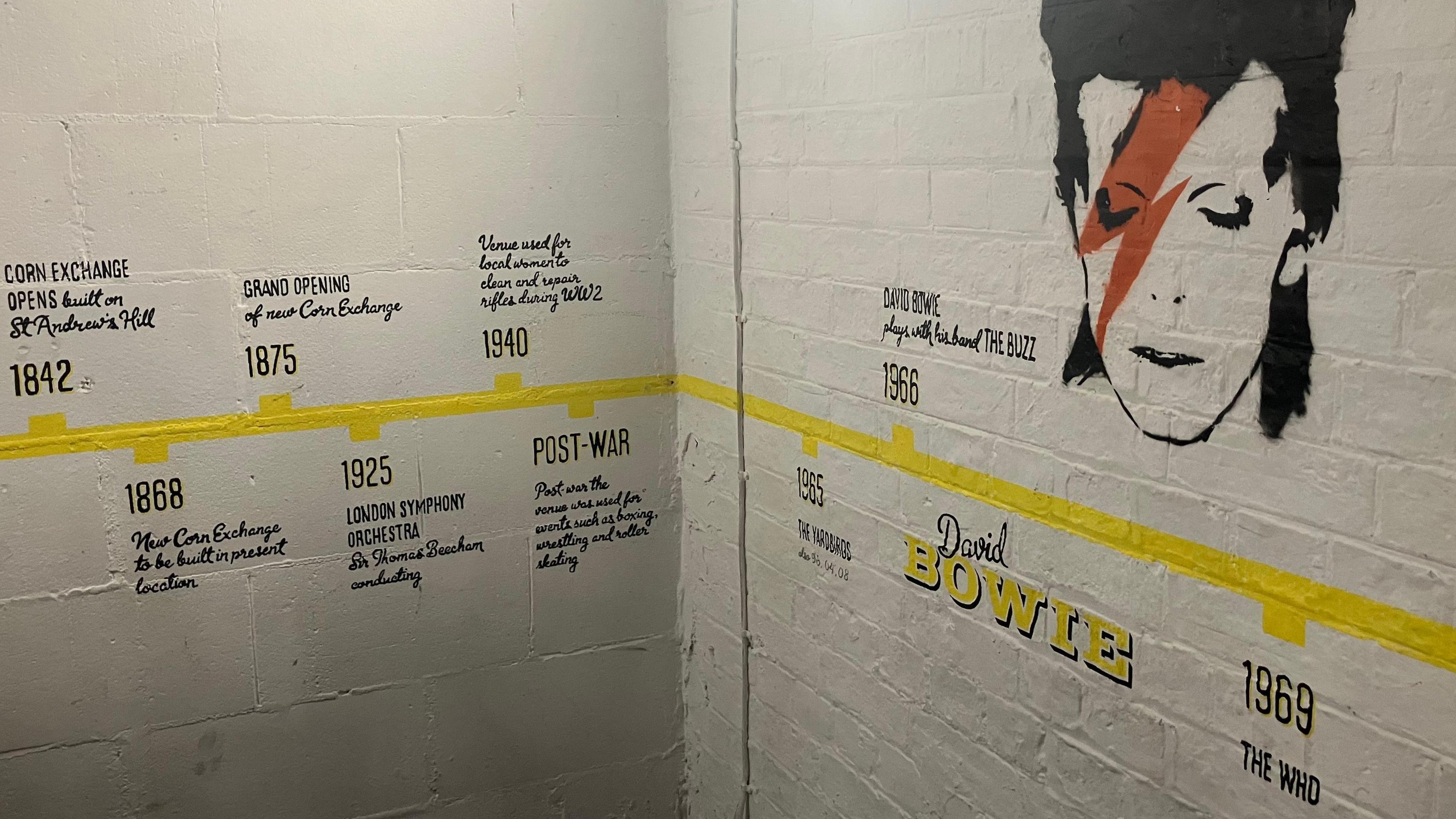
A mural inside the venue traces its rich history, featuring a timeline of key events and a striking portrait of David Bowie
Tom Thurbon, general manager, added that the Corn Exchange had always adapted to the times, and was currently in a transition period.
"Economically, venues are being hit quite hard, as well as touring parties," he said.
"So trying to make it more accessible and easier for people to tour into is one of our main priorities.
"At the moment, we're really focusing on net zero and trying to get as close to net zero as we possibly can. Obviously, we're a 150-year-old venue, so that's quite tricky."
He added that "balancing heritage with innovation is really tricky," especially with a venue that was not purpose built.
Recent upgrades include a refurbished bar, new seats across the auditorium, a cinema-quality projector, and improved lighting and technology.
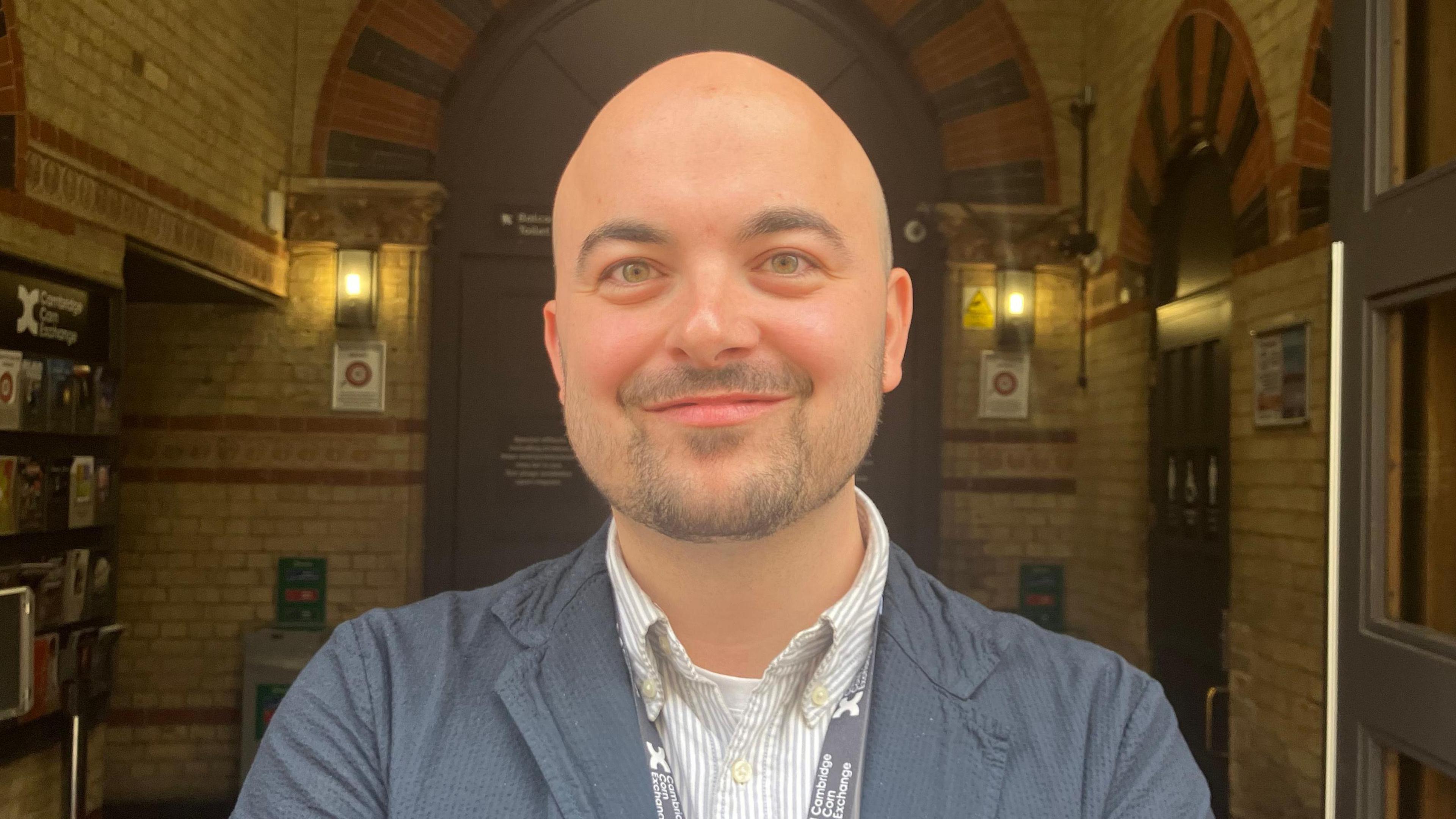
Tom Thurbon said the venue was in a transition period
The site is also part of Cambridge City Council's Civic Quarter revamp, which will see the Guildhall, Corn Exchange and Market Square refurbished.
The city council's Labour cabinet member for culture, economy and skills, Antoinette Nestor, said: "The whole Corn Exchange has had, through history, a lot of change and a lot of debate.
"When you look back, all the changes have been for the better.
"So bring it forward, what's going to happen as part of the Civic Quarter is not just for now... but so in 100 and 200 years, we're going to have a place that has been futureproofed, and that's what's key."
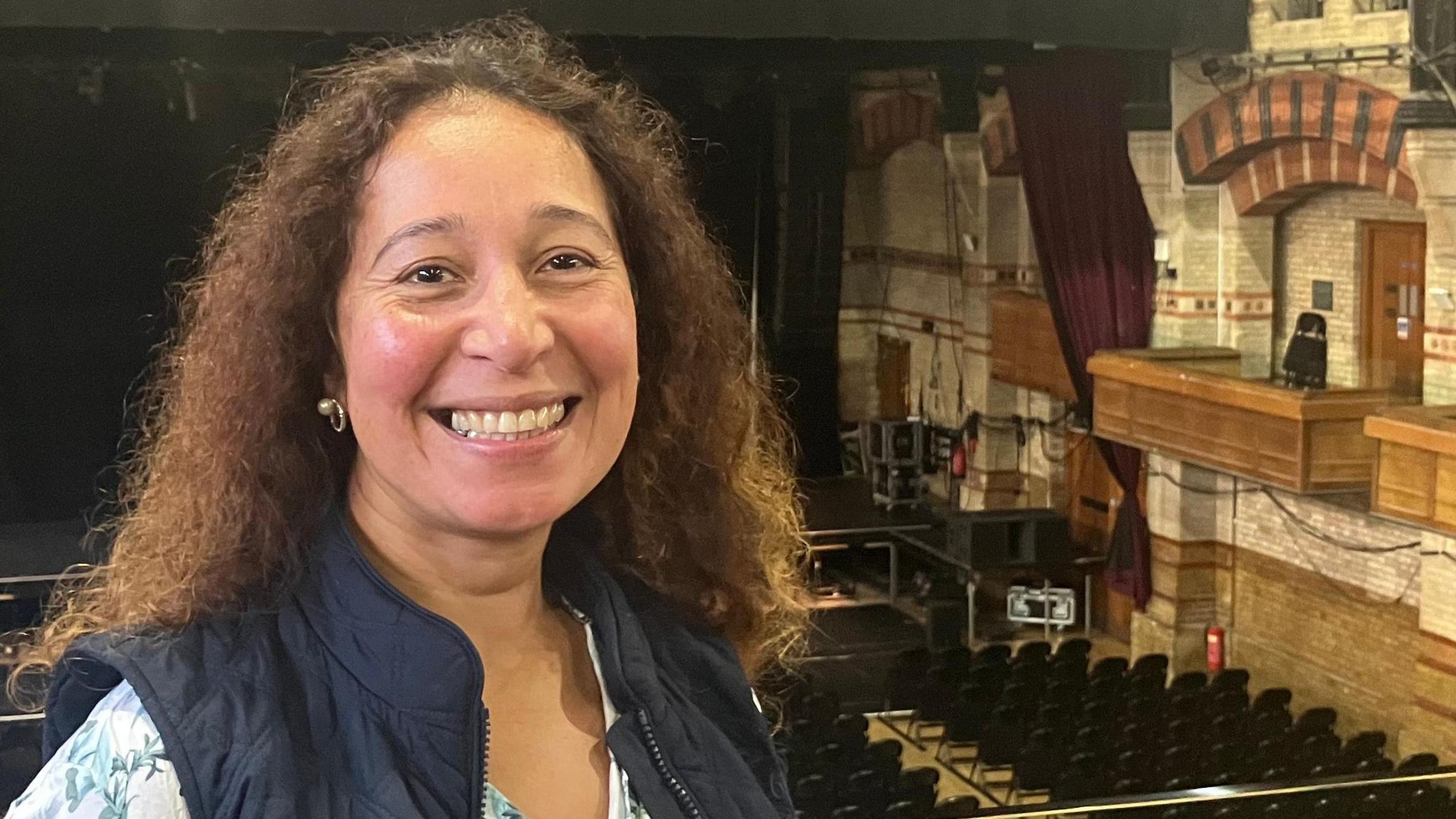
Antoinette Nestor said despite the challenges across the wider industry, the Corn Exchange remained popular
Get in touch
Do you have a story suggestion for Cambridgeshire?
Follow Cambridgeshire news on BBC Sounds, Facebook, external, Instagram, external and X, external.
Related topics
- Published27 September
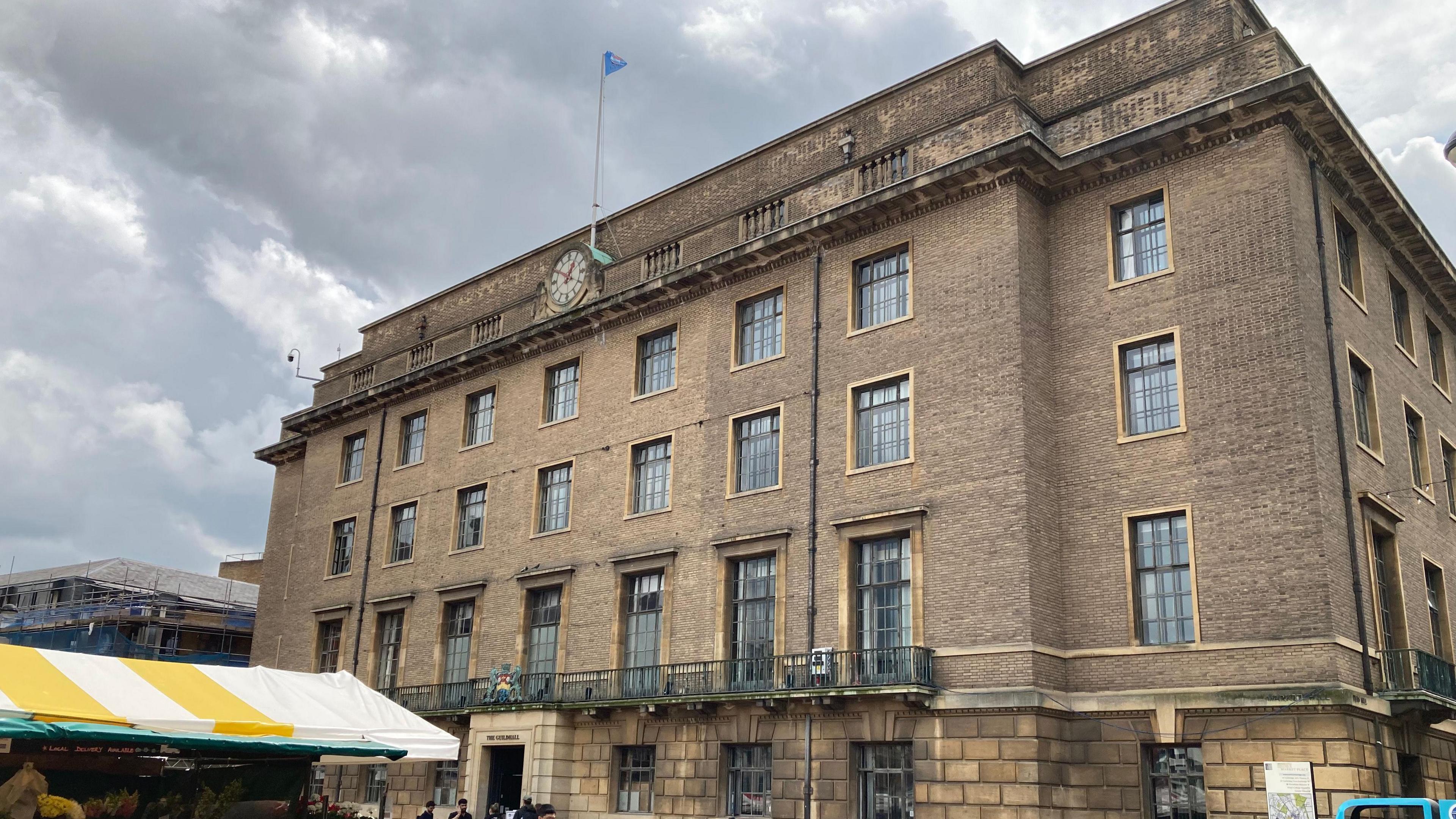
- Published4 September
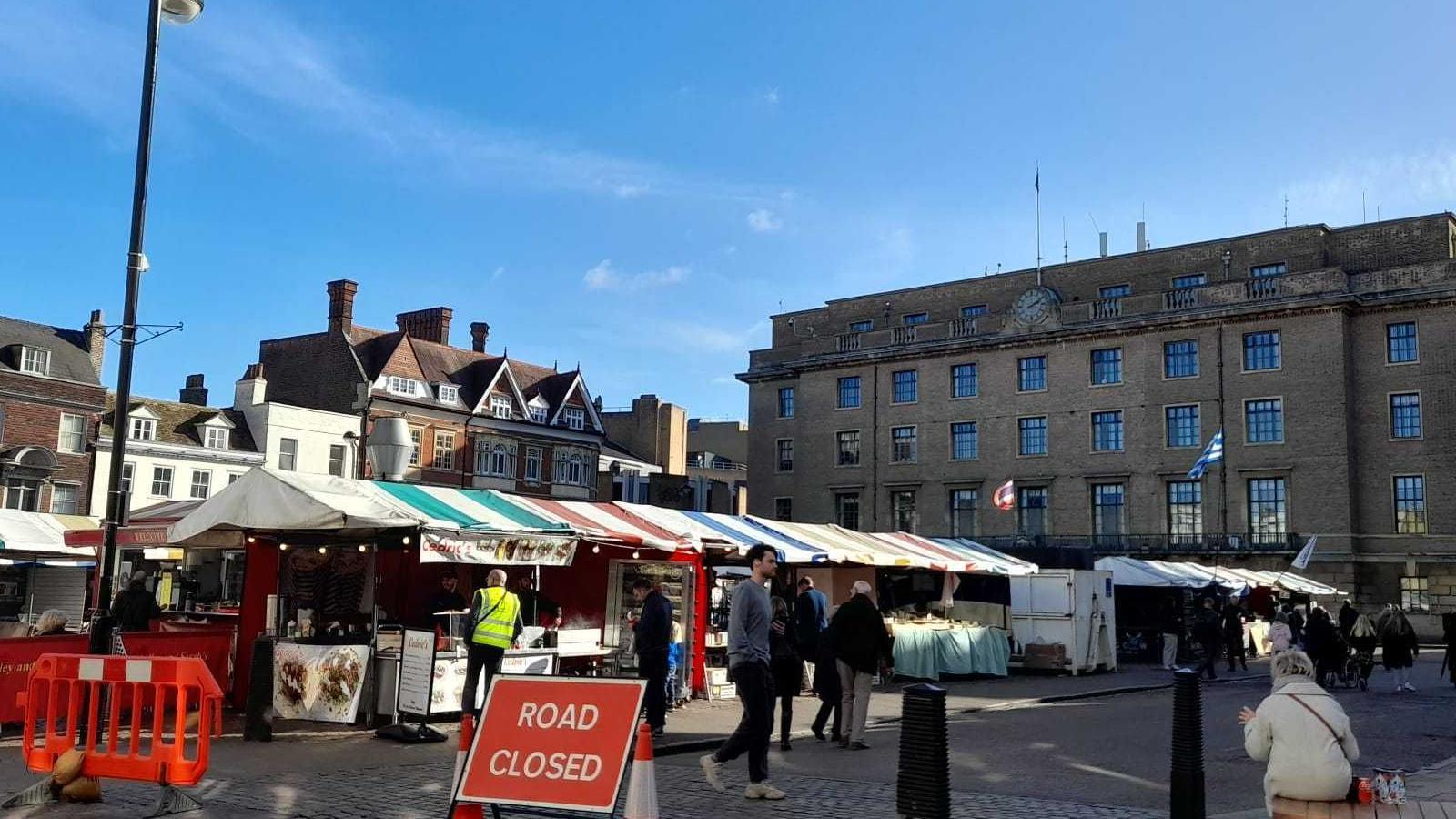
- Published13 May
